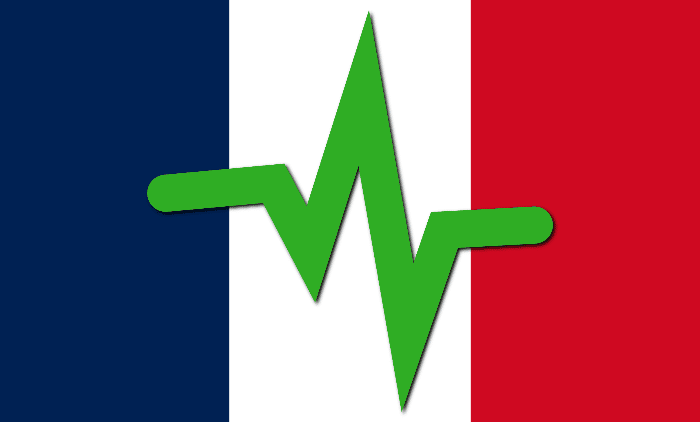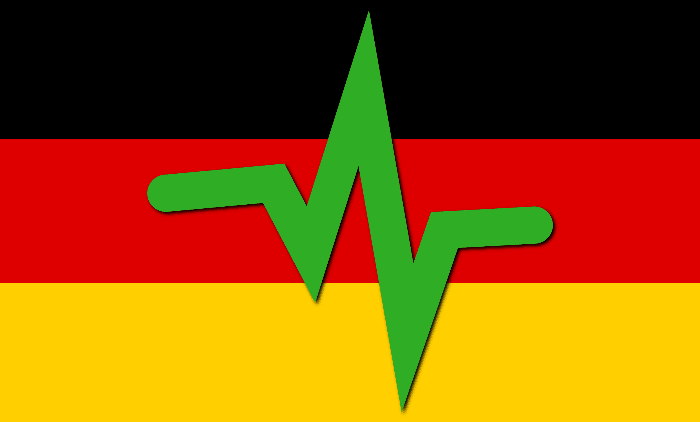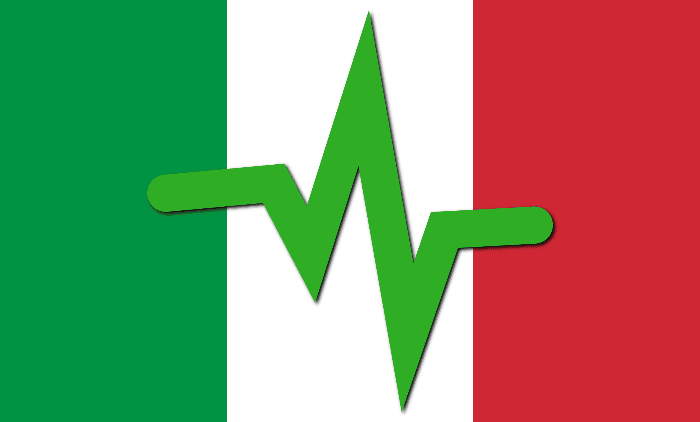[Traditional Chinese Medicine Beyond the Line]Symptoms are diverse and cover the whole body…
![[Traditional Chinese Medicine Beyond the Line]Symptoms are diverse and cover the whole body… [Traditional Chinese Medicine Beyond the Line]Symptoms are diverse and cover the whole body…](https://newsworldhealth.com/wp-content/uploads/2023/01/News-World-Health-China.png)
Text: Qiu Yufeng (TCM physician), “Ming Pao”
(Hong Kong News) To treat cervical spondylosis, Chinese medicine, acupuncture, massage techniques, etc. can be used to relieve muscle tightness, dispel wind, cold and dampness, and promote the circulation of qi and blood.
Vertebral bone hyperplasia
The human body has 7 cervical vertebrae, which are responsible for supporting the head. The soft tissues such as muscles and ligaments attached to the cervical spine are responsible for controlling head movement.
The cervical spine begins to gradually degenerate around the age of 30. Cervical disc degeneration will affect the stability of the cervical spine. If coupled with long-term poor posture, overexertion, lack of exercise, injuries, etc., the degeneration of the cervical spine will be aggravated or the decline will occur earlier. After cervical spine degeneration, physiological curvature changes may occur, vertebral bone hyperplasia, nerve or blood vessel entrapment, spinal cord compression and peripheral nerve or soft tissue stimulation, etc., resulting in various symptoms of cervical spondylosis.
Severe cases may cause paralysis
Cervical spondylosis can be divided into the following types according to pathology, each with different clinical symptoms:
1. Neck shape:It is the initial stage of cervical spondylosis. Due to the long-term tightening of the muscles around the neck, the physiological curvature of the cervical spine is changed. The patient suffers from neck and shoulder pain, muscle stiffness and tightness, and limited head and neck movement. The symptoms are aggravated on rainy days, wind, cold, and during labor. . Patients are also prone to stiff neck.
2. Nerve root type:Due to cervical disc degeneration or bone hyperplasia, the cervical facet joints are unstable or misaligned, causing the cervical nerve roots to be irritated or compressed. Depending on the location of the affected nerve root, patients may repeatedly experience pain or numbness in the ipsilateral neck, shoulder, arm, palm, or finger. This is clinically common and can even affect sleep or cause muscle atrophy.
3. Vertebral artery type:Cervical spine lesions stimulate the vertebral artery, causing blood flow obstruction and resulting in insufficient blood supply to the brain. Patients are prone to dizziness, dizziness, nausea, and tinnitus when moving their head and neck. Even when rotating their head, they may suddenly experience black eyes and cataplexy due to compression of the vertebral artery.
4. Spinal type:For severe cervical spondylosis, due to cervical intervertebral disc herniation or vertebral bone hyperplasia compressing the spinal cord, patients may experience numbness in the trunk or lower limbs below the lesion, which may affect the activities of the lower limbs or even cause paralysis in severe cases.
5. Sympathetic type:Due to the degeneration of the cervical spine, the sympathetic nerves are stimulated, leading to sympathetic nerve dysfunction, which can affect the whole body. Patients may experience heavy head, dry eyes, blurred vision, ear swelling, tinnitus, foreign body sensation in the throat, palpitations, chest tightness, acid reflux, abdominal distension, abnormal sweating, cold sensitivity, forgetfulness, insomnia, etc.; it may make patients anxious, suspicious, and affect mood. This type is rare in clinical practice and is easily missed.
6.Mixed type:Those with two or more types of manifestations are classified as mixed types. Clinically, most patients who seek treatment for cervical spondylosis have mixed cervical spondylosis, and rarely only one problem appears alone.
Doctors can establish a diagnosis through medical history, palpation examination, functional assessment, and when necessary, X-ray, CT, MRI and other examinations. As for which treatment is suitable for a patient, it depends on the condition, the patient’s condition, and the doctor’s experience.
Chinese medicine dispels wind, cold and dampness
Traditional Chinese medicine can treat cervical spondylosis by dispelling wind, cold and dampness and promoting qi and blood circulation, so as to relax the muscles and activate the meridians and improve the circulation of qi and blood. For early-stage cervical spondylosis, when the structural lesions of the cervical spine are not serious, and the condition is easily affected by weather changes, fatigue, etc., treatment methods are often used to dispel wind, dispel cold, and remove dampness. Traditional Chinese medicines such as kudzu root, Qianghuo, cinnamon twig, mulberry branch, and weed are commonly used. Lingxian et al.
For patients with a long course of disease, changes in the structure of the cervical spine, and new or old injuries to the neck, treatment is often based on promoting qi, activating blood, and removing blood stasis. Commonly used drugs include angelica, Chuanxiong, frankincense, salvia, and Tianqi. Middle-aged and elderly patients with cervical spondylosis often suffer from muscle and bone degeneration, which is understood by traditional Chinese medicine to be liver and kidney deficiency. During treatment, drugs that can nourish the liver and kidneys and strengthen muscles and bones can be used, such as Eucommia ulmoides, Loranthus, Millet Spatholobi, etc.
Acupuncture clears meridians
Acupuncture can treat cervical spondylosis by dredging meridians, relaxing neck muscles, reducing inflammation and relieving pain. For local acupoints, you can choose neck and shoulder acupoints or head acupoints, such as Fengchi, Tianzhu, Jingbailao, Dazhui, Tianzong, and according to the principle of “taking pain as the acupoint”, select the local acupoint called “Ashi point” Acupuncture at painful points.
At the same time, acupuncture along the meridians can be performed according to the patient’s symptoms. For example, for patients with frequent hand numbness, Quchi, Shousanli, Waiguan, Hegu, etc. located on the upper limbs can be used. It is recommended to treat 2 to 3 times a week. Electroacupuncture can be used when necessary. Strengthen stimulation, or use moxibustion to warm the meridians and expel cold.
Massage to relax muscles
Massage techniques to treat cervical spondylosis can directly relax the shoulder and neck muscles, promote blood circulation, correct joint misalignment, and help relieve the symptoms of cervical spondylosis. Bad posture or overexertion can easily lead to shoulder and neck strain, which usually involves the sternocleidomastoid, splenius capitis, levator scapulae, trapezius and other muscles located in the shoulder and neck. Local massage can improve muscle tightness and straighten the tendons. , commonly used techniques such as “one-finger Zen push method”, rolling method, holding method, etc., can be combined with treatments such as scraping, cupping, etc., usually 2 to 3 times a week.
Stiff Neck Treatment Stiff Neck
For patients with stiff neck, if the neck muscles are in a state of spasm and tension, it is not advisable to use forceful massage at this stage to avoid over-stimulation and increased discomfort. Acupuncture combined with gentle muscle management techniques can be used to help relax the patient. Severe cervical spondylosis may require surgical treatment.
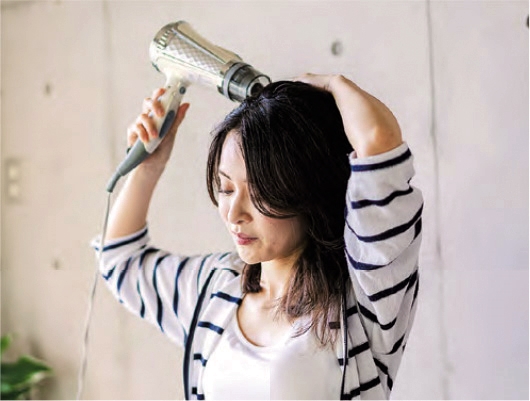
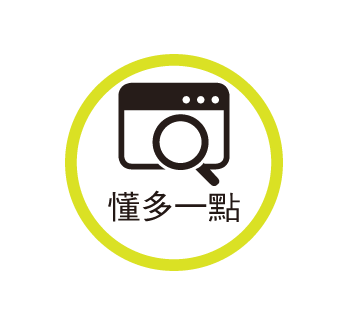
Continuous strain occurs again and “bone snapping” occurs without curing the root cause.
Manual reduction means that the therapist uses traction, rotation, pulling and other treatment methods on the patient according to the patient’s condition to correct joint dislocation with bare hands to rehabilitate the muscles and bones.
Because there may be a “click” or “pop” sound when the technique is performed, it is commonly known as “bone snapping”.
Temporarily relieve pain
For patients with chronic strain, “bone snapping” can correct joint misalignment, temporarily relieve pain or improve joint mobility problems, but it is not a permanent cure. As long as the strain continues, the repaired joints can easily become dislocated again, causing the condition to recur and not heal.
To improve cervical spondylosis in the long term, the only way is to pay attention to your daily work and living postures, avoid feeling wind and cold, and strengthen stretching exercises.
Patients with cervical spondylosis need to pay attention to maintaining correct posture every day, and avoid actions that can easily cause strain, such as lowering their heads for long periods of time, extending their heads and necks forward, shrugging their shoulders, and holding their chests. When using a computer, adjust the height of the desk and chair so that the shoulders, neck, and upper limbs can stretch naturally. It is recommended to use a backpack to avoid carrying heavy objects on one shoulder.
Maintain correct posture
Patients should also pay attention to doing more stretching exercises such as raising their heads, lowering their heads, turning their heads left and right, bending their heads left and right, extending their heads forward, raising their chests, and rotating their shoulders to relieve fatigue. Avoid blowing wind and cold on your neck. For example, those with long hair should dry their hair thoroughly in time after washing their hair. This can reduce the risk of the neck being invaded by wind, cold, and dampness.

